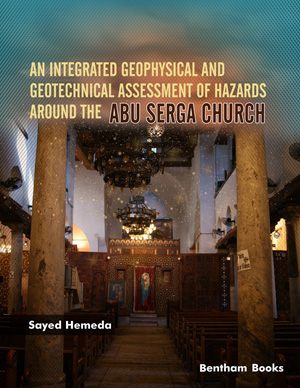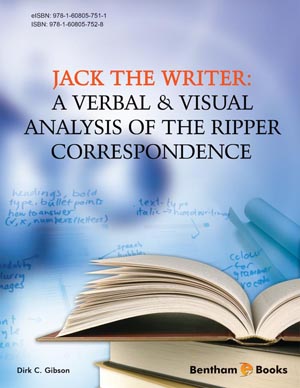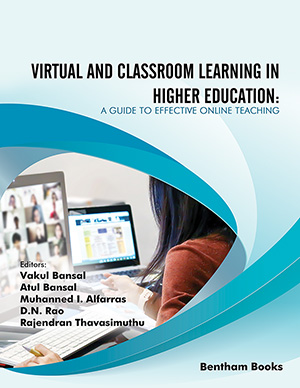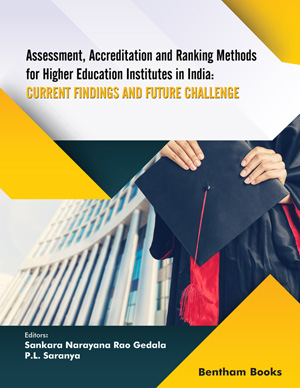Abstract
The Fourth Industrial Revolution, 4IR, or Industry 4.0, conceptualizes rapid
changes in technology, industries, and social patterns and processes in the 21st century
due to increasing interconnectedness and smart automation. This phase of industrial
change is a fusion of technologies such as artificial intelligence, gene editing, virtual
reality, and advanced robotics that are blurring the lines between the physical, digital,
and biological worlds. In the future, the most in-demand skills will not only be related
to technology but there will be a huge demand for creativity, emotional intelligence,
critical thinking, and interpersonal skills. Traditional formal education systems can no
longer respond to the most important expectations of smart cities and related societies.
Students can no longer be prepared for the future with linear knowledge-based
education, much less to compete with robots. Virtual reality has been around for over
half a century. We further present and compare a large number of recent virtual reality
technologies and discuss their potential to overcome several challenges identified in
our analyses, including cost, user experience, and interactivity. If we implement
virtualization in classroom activities, then it enhances the learning ability of students.
The human brain, as we now know, retains information more effectively when it sees,
hears, and visualizes it in its entirety as opposed to just reading it. So, by implementing
V.R. in the education sector, we will try to provide visualized practical learning
simultaneously with theoretical knowledge. Students are more engaged in their studies
when they visualize the academic material, and this will benefit society by producing
valuable human resources.
Keywords: Augmented reality, Artificial intelligence, Analysis of variance, Virtualisation.













